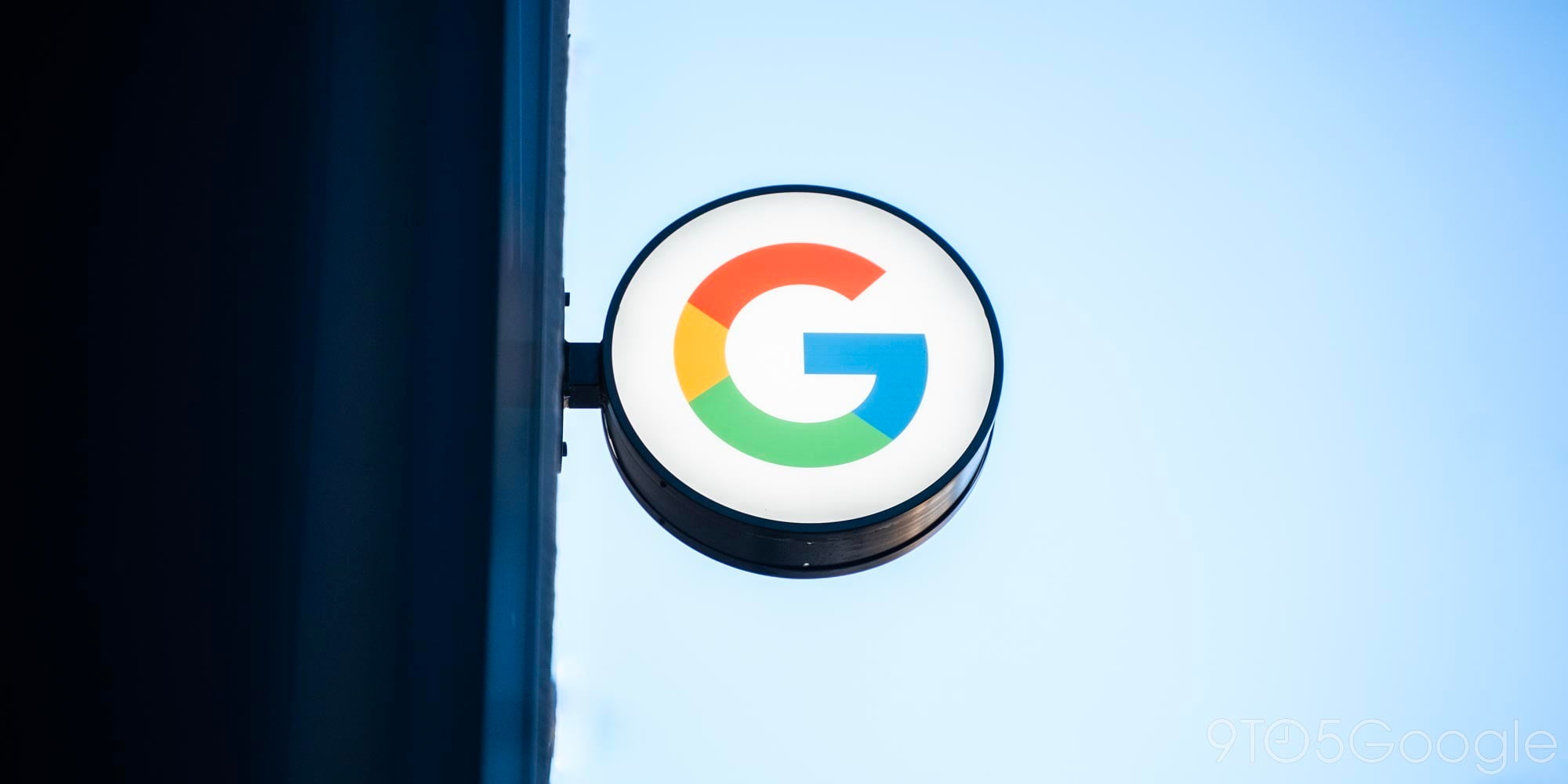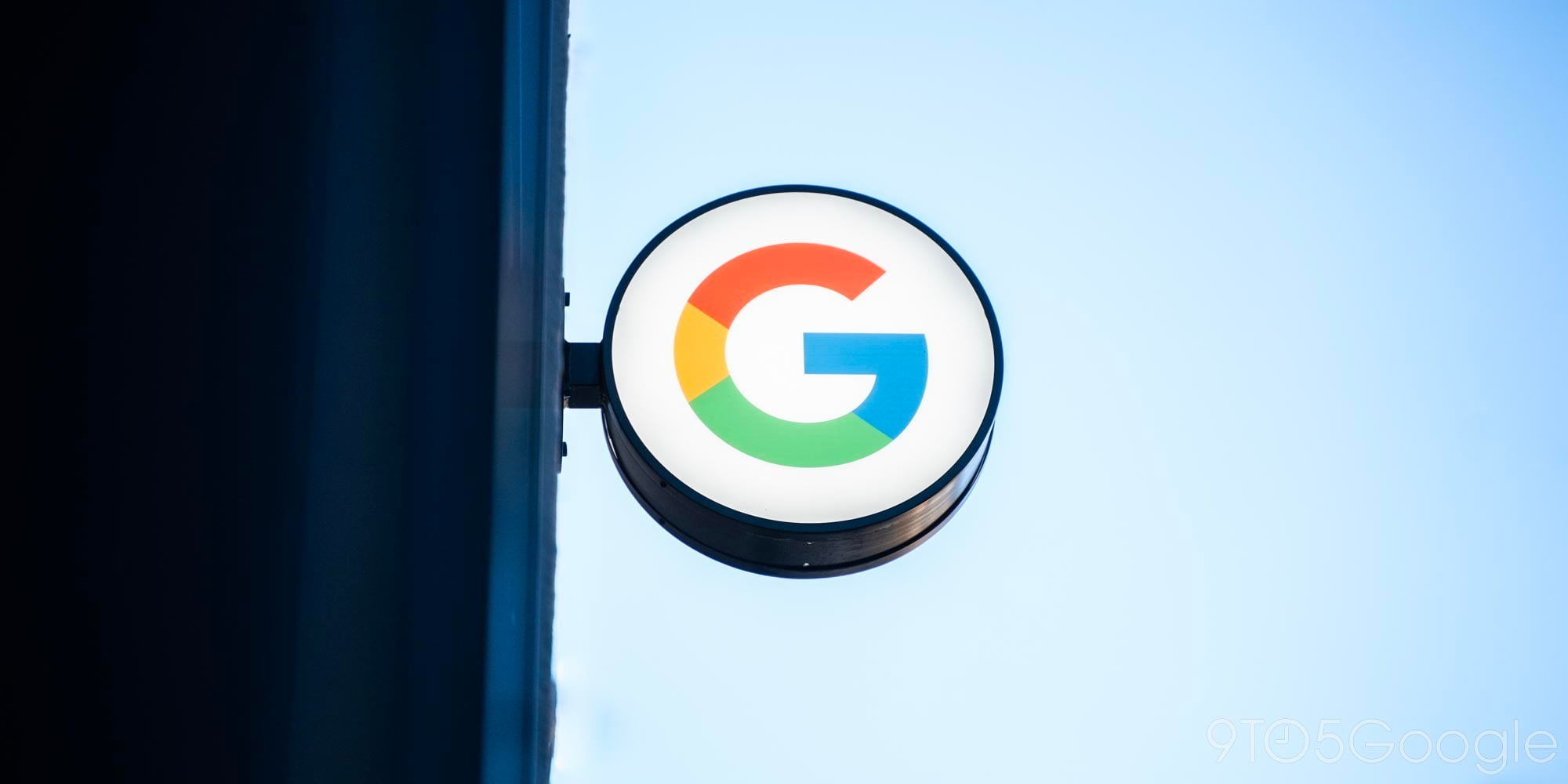
Chrome Beta version 45 for Android is rolling out today (Play Store link) and includes some nice interface tweaks as well as one addition that was previously announced at Google’s I/O developer conference back in May. Chrome Beta is a build of the Chrome browser which includes features and changes that are almost, but not quite, ready for use by the masses. Showing up in the Beta build of the browser is a good indicator that a feature or adjustment will soon reach those masses, so it’s always interesting to see what’s been added.
Aside from adding a play/pause button to media notifications for audio playing from the browser (so you can, say, listen to a podcast you found in Chrome while simultaneously using other apps), and more granular control for developers over when web/native app install banners appear, the largest addition to come with Beta 45 seems to be Custom Tabs. We wrote about those first two changes last week.
Announced at the aforementioned Google I/O, Custom Tabs allows developers to customize the look and feel of the Chrome browser when launched by clicking a web URL inside an app. Say for example you’re browsing the Pinterest app and click on the link to a recipe. Up until now, developers lost much control over what happened after this — they could either kick you over to a dedicated browser app on your phone or open the link within a webview inside their app, which is essentially a watered-down version of the full browser that just displays the requested page and some basic navigation buttons. These webviews are lacking because they don’t provide all the rich functionality of Chrome like autofilling login forms with pre-saved credentials.
With Custom Tabs, developers get this functionality as well as the ability to make design changes and add their own custom functionality (hence the use of ‘custom’). Here’s what a Custom Tab in Pinterest’s app looked like when demoed during I/O:
As you can see from the screenshot above, what looks like a native app is actually a webpage with a Chrome navigation bar fixed at the top of the screen. There’s Pinterest’s signature “Pin it” button for saving images and other content to a user’s boards, and both the iconography and typography in the top bar match that of the rest of the Pinterest app, but it’s actually the Chrome browser that this user is looking at. That’s what I mean when I talk about control: With Custom Tabs, developers get much more control over what happens and the experience when a user wants to access a piece of content found within their app but that’s located elsewhere on the web.
The last notable change that Google included in its changelog for the Chrome Beta update is a refreshed bookmarks user interface. Here’s a before and after:
As I mentioned in last week’s post about the first two changes we saw coming with Beta 45 for Android, each new successive update to the browser makes it even more evident that the mobile version of Chrome is on a quickening path to divergence with the native Android operating system. The two are reaching feature parity, a point wherein aside from speed advantages in favor of native due to native software frameworks being ruthlessly optimized for speed (unlike many web frameworks), web apps will be almost (emphasis on this, please don’t yell at me) identical in functionality to their native app counterparts.
The ability to advertise to site visitors that they can add a shortcut icon to the website onto their home screen, media controls for audio streamed through webpages, access to the Bluetooth-enabled beacons which are beginning to layer the real world — it’s all adding up to a truly app-like experience from the user perspective. And now with Custom Tabs developers of native Android apps can fear the Wild Web West at least a little less. Save for how most of these things can only be experienced from within Google’s own browser, or from the open source Chromium version, I think these advances are a win-win for players at both ends of the web-native debate.
FTC: We use income earning auto affiliate links. More.




Comments